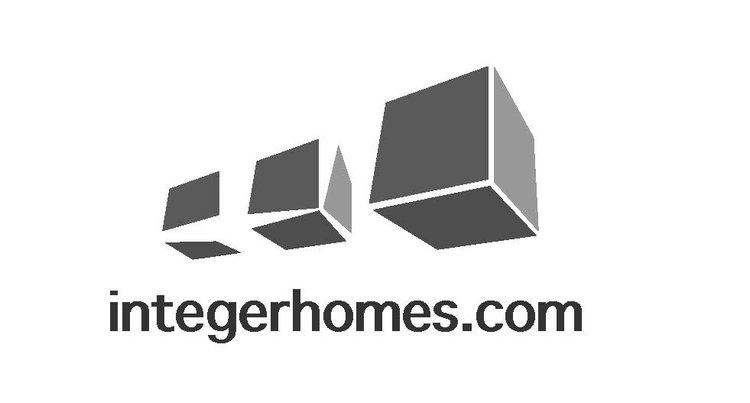First of all, I am on record indicating my personal view that the row house district is essential to help us as a community to navigate the challenge of sensitive redevelopment of older grid communities and is highly appropriate as a means of ‘gently’ adding modest density to these neighbourhoods. Many others feel differently. They suggest their community is somehow ‘perfect’ as is, that density will ‘destroy’ the wonderful community, and that existing residents somehow have a veto over redevelopment and it must be ‘locked in time’, even adjacent to a planned multi billion dollar train extension, even in a community that has significantly declined in population over three decades. The row house zone is seen as the ‘Trojan horse’ district design to unwind community character, will bring in riffraff, renters, landlords, even satan may find a new home in a row house. The current building on the property, usually a decrepit shack that isn’t suitable for human habitation has little bearing on the mindset of the self appointed community advocates that lead the angry mob to Council to righteously defeat any rcg proposal.
Yet these rcg applications are being passed with a massive voting majority all over the City with the local councillor often leading the way to move the motion of approval forward. We’ve observed many times that Council recognizes the need to have community transit re-investment linked to approving new housing development that works for the building industry and the community. But what to do when the community somehow claims to have collected 1100 signatures against a tiny redevelopment site? In the bizarre case of the Ogden rcg application (oversized corner lot, on a mini Main Street, near the future train station), we saw Council overwhelmingly approve the land use change despite the local opposition.
One of the beneficial features of the row house zone is it appears to translate well from the costlier inner city areas to established communities east of the bow river where prices are much lower, often too low to support new semi-detached construction. Wherever land cost is low enough and the existing building rough enough that is has no value, the rcg zone has become the go to district to spur on redevelopment. This combined with a Council that must be afraid of building mass transit at tremendous cost yet having low ridership by allowing low density, decaying housing stock to remain in place leads to rcg approvals. Is this a case of Council exercising leadership, and actually knowing best despite community pushback? I think so.
Some of the many pages of the the petition delivered to Council and published in the April combined meeting of Council. Fortunately this had little impact on the outcome, the project can now proceed to the DP stage and eventually construction. Good job Council!
The census data is valuable in identifying communities that could easily sustain a large influx of population and remain well under-filled based on historic data. One of the bizarre features of the community by community, lot by lot redevelopment battle is such furor can be created over a project that maybe could house 12-15 people at most being opposed by a community that is short almost 3000 people from its peak of three decades ago. The mayor highlighted this figure before he voted in favour the the land use change.


